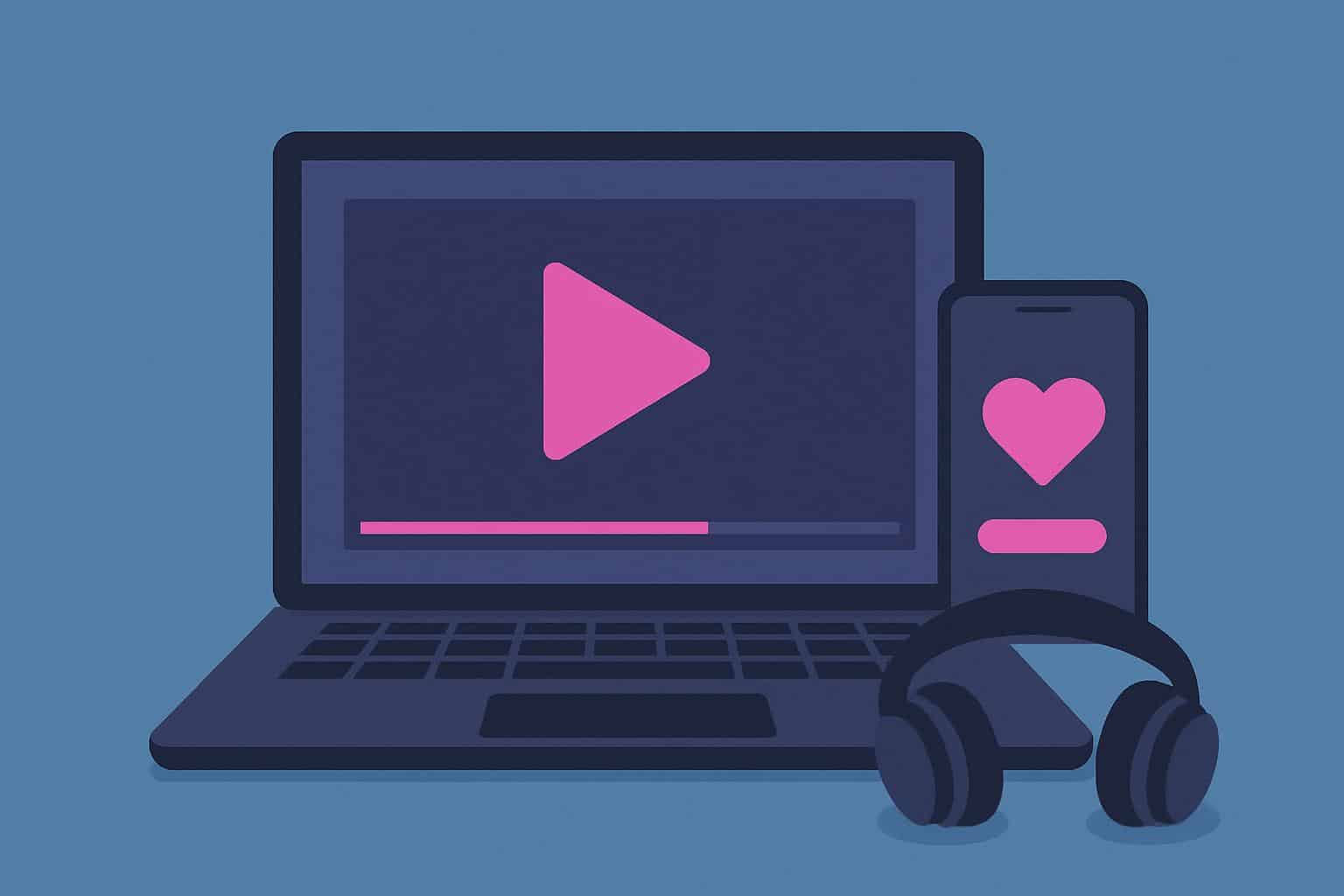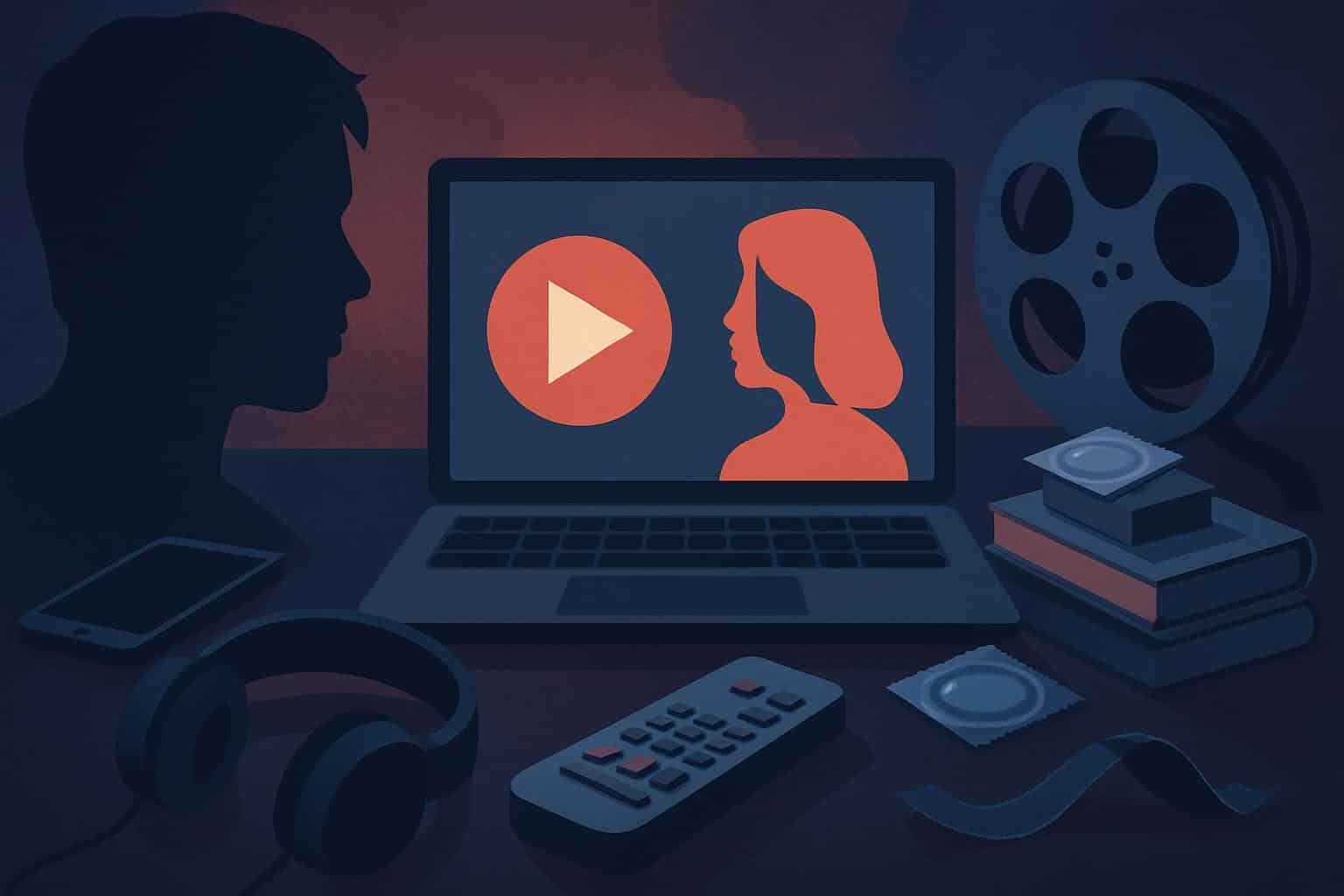Where do many young men first learn about sex?
A new survey in the UK suggests it’s porn, not classrooms or caregivers. Seventy percent of Gen Z men surveyed reported that their first exposure to sex was through pornography, emphasizing the impact that on-demand adult content can have on early attitudes and expectations.
- What the survey shows about Gen Z porn exposure
- Early exposure in the smartphone and social media age
- The education gap and the trouble it causes
- Addiction fears versus evidence on porn use and harm
- Policy and platform responses to reduce youth exposure
- What parents and teachers can do now to guide teens

What the survey shows about Gen Z porn exposure
The results are part of a study conducted by LADbible and consumer insight group ResearchBods on 5,300 people aged between 18 and 29. By and large, 45 percent of the respondents identified porn as one of their primary sources for sex ed, and more than three quarters said they watch porn on the regs. Just 12 percent said they had never seen it.
Early exposure is common: 63 percent said they first saw porn before age 16, and 5 percent before age 10. Half of the Americans who became regular viewers did so before they turned 10, underscoring how early exposure can crystallize habits. Through that dependence, 77 percent of respondents express discomfort with porn and sex-based material; one in two men wonder if they’re watching too much (and about a third feel guilty after).
Early exposure in the smartphone and social media age
Commonplace smartphones, private browsing and algorithmic recommendations have also made porn a lot easier to arrive at — often inadvertently. UK regulators and child-safety groups have consistently found that teens are introduced to pornography as early as their preteens — if not earlier — and often accidentally on mainstream websites.
British Board of Film Classification research has identified that a lot of people enter into explicit material by accident, while Ofcom’s work around how young people use media also shows how sexually themed content can be presented through social feeds and group chats without someone actively trying to seek it out. Given that landscape, it’s no great shock that porn becomes a “first teacher.”
The education gap and the trouble it causes
When porn serves to fill a knowledge vacuum, it can distort important concepts — of consent, of what our bodies look like and how intimacy unfolds. Mainstream clips, sexual health educators are quick to note, often prioritize performance and novelty over communication or care. As Lucy Whitehouse of the sex-education charity Fumble puts it, they require help distinguishing fiction from real life so that lines on screen are not seen as scripts to enact offline.
Relationships and sex education was made mandatory in secondary schools in the UK in 2020, but provision is patchy and confidence among teachers varies. The fact that three-quarters want better guidance means some combination of reach, quality or both was lacking. Young adults are explicitly crying out for clear, nonjudgmental education that includes porn literacy alongside instruction around relationships, consent and pleasure.

Addiction fears versus evidence on porn use and harm
Most young men say they are concerned with “watching too much,” but the clinical picture is nuanced. There is no diagnosis for ‘porn addiction’ in the DSM-5 and peer-reviewed studies from Psychology of Addictive Behaviors have concluded that perceived addiction models moral incongruence more than actual time viewed.
That doesn’t minimize the impact. Guilt and secrecy are toxic to relationships, sleep and mood. But experts advise focusing on harms — including compulsive use that crowds out daily life — rather than labels, and pairing support with practical strategies: setting limits, monitoring mood and triggers, seeking evidence-based therapy when necessary.
Policy and platform responses to reduce youth exposure
The Online Safety Act will impose new obligations on adult sites to stop children being exposed to porn, with Ofcom creating advice on “robust” age checks and enforcement. Age verification would not eliminate exposure entirely but would seek to limit early, accidental exposures that the survey indicated could become habitual.
Outside of regulation, the survey accompanies new content-led initiatives focusing on porn literacy and sexual wellbeing, including one with partners such as Fumble and men’s health charity Movember. Campaigners are also calling on the government to provide funding for expert-led sex education (for 16- to 18-year-olds) and national support hubs where young people can access accessible, nonjudgmental advice.
What parents and teachers can do now to guide teens
Begin early, talk simply and normalize questions. By understanding how scenes are produced, why algorithms recommend extreme content and what consent — let alone intimacy — looks like in real life, is there not a little demystification of both porn’s allure and constraints? Short, regular conversations are more effective than one-time lectures.
Evidence-based curricula from outside organizations like FPA and Brook can help schools empower teachers while keeping their lessons culturally up to date. Drawing in families to help set boundaries around devices and co-create values about respect and consent, while signposting to services provided by charities or linked to the NHS, can minimise shame and encourage seeking help.
The headline number is jarring: seven in 10 Gen Z guys first learned about sex through porn. The response should be just as clear — close the education gap, raise digital literacy and give young people real tools to confidently navigate desire, media and relationships.

